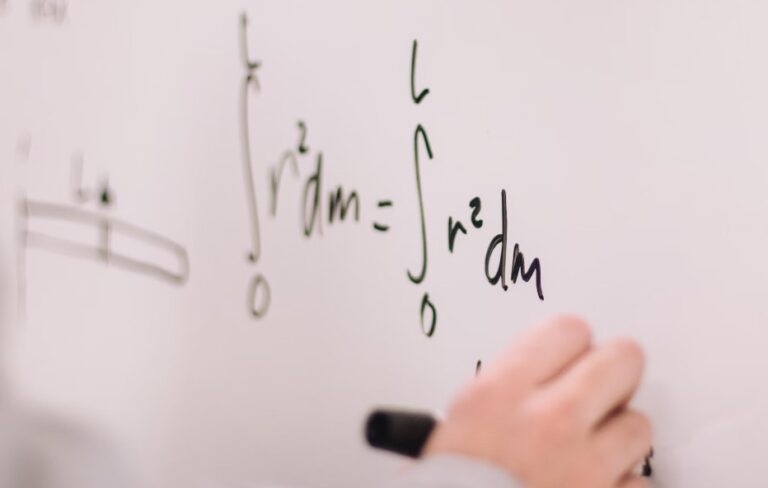Financial stability is considered the most powerful weapon in the arsenal. The one who focuses on understanding the value and regulation of money will always end up being more capable than the one who looks at money like a token to buy accessories and goodies.
To understand the entire structure of money-making, one must know how money is circulated and distributed in the market and how certain strategies influence the prices of goods and services. Monetary economics is one such branch that teaches about the financial arc through the quantity theory of money.
Table of Contents
What does the Quantity Theory of Money entail?
According to the concept of the quantity theory of money, the price level of goods and services, in general, is directly proportional to the supply of fund in an economy. It is done by assuming that the velocity of money is constant alongside the consistency of the level of real output.
The QTM is represented in monetary economics by using a few symbols and forming an equation that looks like:
M*V = P*T, where ‘M’ refers to the money supply, ‘V’ refers to the velocity of money, ‘P’ refers to the general prices of goods, and ‘T’ refers to all transactions.
The quantity theory of money asserts that doubling the amount of fund in the market will cause the prices of goods and services to experience a spike of similar intensity. An equation represents this theory, where ‘P’ denotes price level, ‘M’ denotes money supply, and ‘f’ is the functional relationship.
- Nicolaus Copernicus, a Polish mathematician in 1517, originally formulated the quantity theory of money, or QTM;
- Milton Friedman and Anna Schwartz popularized the theory much later in 1963 in their book “A Monetary History of the United States, 1867 to 1960“
How is the Quantity Theory of Money calculated?
The general equation to calculate the quantity theory of money stands as MV = PY, where ‘M’ is the supply of money, ‘V’ is the velocity of money, ‘P’ is the price level of inflation, and ‘Y’ is the real output or the real GDP. GDP stands for Gross Domestic Product.
An American economist named Irving Fisher developed the equation to calculate the quantity theory of money. Hence, the equation is commonly known as ‘The Fisher Equation‘. However, this equation considers a constant velocity of money and has drawbacks in describing inflation.
Applications of the QTM
The idea known as the quantity theory of money explains how shifts in the capital supply impact the average cost of products and services in the economy. Below is a list of applications of the QTM.
Monetary policy
The central concept of monetarism is the quantity theory of money. It emphasizes the role of the supply of money in stabilizing the economy by controlling inflation. Central banks use this theory widely to guide their monetary policies, like establishing interest rates and adjusting the flow of money.
Inflation forecasting
You can actively use the quantity theory of money to forecast inflation. It is done by estimating the relationship between the supply of money and the general prices of services and goods.
Understanding financial markets
The financial market is very volatile and unpredictable. The Quantity Theory of Money is essential to understand the workings of the financial market and the outcomes. The theory is also important to judge the merits of changes to monetary policy done by the central banks over regular intervals.
The changes in the supply of money greatly affect the overall price level in an economy, as explained by the theory. It also explains how the demand for fund is affected by the velocity of money.
International trade
The quantity theory of money clearly shows that changes in the supply of money directly affect international trade and exchange rates.
Economic growth
The quantity theory of money helps us understand the relationship between economic growth and the supply of finance. The theory asserts that an increase in the supply of money causes a significant increase in economic activities. However, it happens only up to a certain point, and inflation becomes a matter of concern.
Read also: Central banks, the 4 most influential worldwide
Monetarist and Keynesian perspectives on the quantity theory of money
The monetarists believe that the controlling of the money supply directly influences inflation. Confronting inflation with the capital supply, they also believe that they can influence interest rates in the future. The monetarists explain that the velocity of money is not pretty stable or constant. Hence, they attach very little to the QTM.
On the other hand, Keynesians recognize the value of the effect of monetarism on GDP. They, however, think that it takes a very long time to feel the effects of monetary adjustments. Keynesians believed that government intervention in the economy, specifically through fiscal policy, can become an asset to economic growth. They also thought it could contribute to financial stabilization.
The QTM is a very crucial concept to understand the flow of money in the market. It explores the changes brought and how it affects the economic growth of a nation. The theory also explains how change in the money supply affects people’s daily lives.
Applications of the theory transparently show how useful it is in understanding various workings and structures of the market. The theory, thus, is very important for the critical introspection of the financial strategies.
Read more: Expansionary vs. restrictive monetary policy: definition and how do they work












